When the Civil War drew to a close a century ago, the government of independent Ireland faced the daunting task of nation building. In spite of adversity, Ireland became one of the few newly independent states established after the first World War to survive as an uninterrupted democracy.
[ Read the complete Century: 1923 Birth of a Nation seriesOpens in new window ]
The challenges facing the Free State were many and varied, and while it may not have fulfilled all the dreams of the revolutionary generation, the achievement of its founders should never be underestimated. The following are some of the biggest tests which faced the new nation.
1. Preserving democracy
When the fighting stopped, the Free State government, led by WT Cosgrave, decided that a general election was required to cement its authority. A new political party called Cumann na nGaedheal was established in April 1923 to represent the pro-Treaty forces that had triumphed in the Civil War. A range of other parties and Independents contested the election which was held in August 1923. The outcome saw Cumann na nGaedheal emerge as the biggest party with 63 seats in the 153-seat chamber, but the anti-Treaty republicans did better than expected, winning 44 seats.
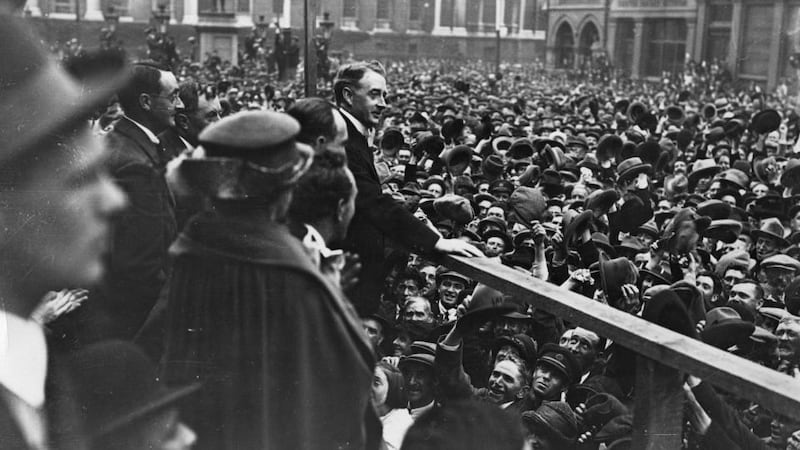
The immediate challenge to the authority of the State was the decision of this second biggest grouping to refuse to take their seats in an effort to undermine the authority of the Dáil. However, the Labour Party, despite a disappointing result, took its 14 seats and accepted the role of formal opposition. This was a crucial move in helping to foster the legitimacy of the new State and it is one for which the party has never received the appropriate credit. The Farmers’ Party and Independents also took their seats in the new assembly and politics gradually fell into a pattern of government and opposition, which is still with us today.
RM Block
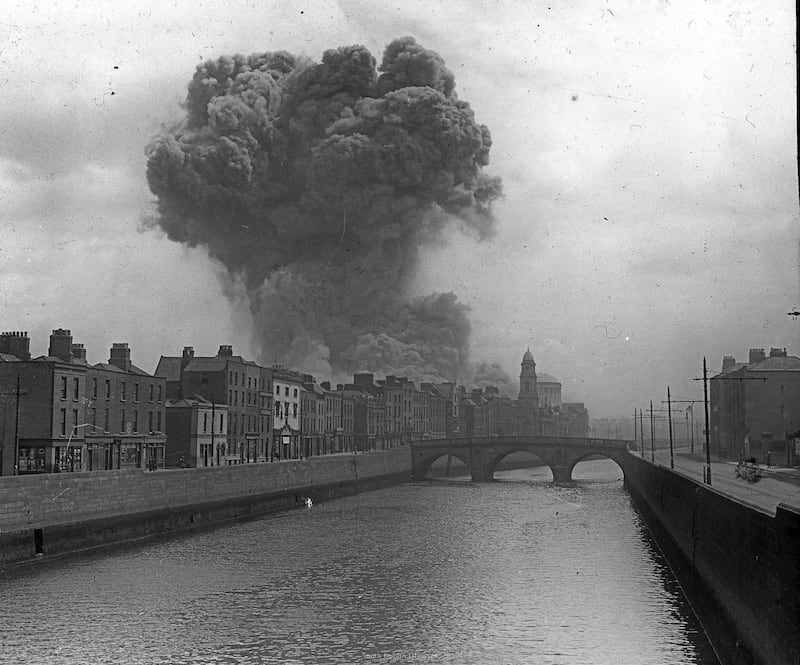
2. Rebuilding the economy
One of the tasks facing the government was rebuilding an economy that had been shattered by Civil War. Basic infrastructure such as roads, railways, public buildings and bridges had been wrecked in the conflict and rebuilding them swallowed up a large proportion of exchequer spending. In today’s money terms, the cost was at least €20 billion and probably more, and this had to be paid for by an impoverished State that had to quickly get to grips with the complex task of raising revenue and accounting for its expenditure. The establishment of a Civil Service and a courts system to administer the State was a critical element of its development, involving a mixture of old institutions and people from the days of British rule with an influx of new blood from the revolutionary generation.

3. Security
With the end of the Civil War, the government decided to release the 13,000 republicans interned without trial. It also faced the problem of what to do with an army of 57,000 men when a force of that size was no longer required and could actually pose a threat to the democratic government. The numbers were scaled back radically, provoking the Army Mutiny of 1924, which ended when the government stood its ground and proceeded with demobilisation in spite of the resignation of Joe McGrath as minister for defence. The unarmed An Garda Síochána and its Special Branch now took over the main burden of dealing with the numerous armed and seditious groups that continued to flourish in the aftermath of Civil War alongside more conventional criminals.

4. Welfare
One of the most difficult problems facing the government was now to continue to pay civil servants and teachers the salaries they had been earning under British rule, as well as paying the old-age pension which had been introduced by Lloyd George a little over a decade earlier. Ministers were determined to prove to the world that the image of the “feckless Irish” was a myth and that they were capable of running the national finances. To keep the State solvent, minister for finance Ernest Blythe cut the old-age pension and reduced the salaries of public servants and teachers by 10 per cent in the budget of 1924. The decision was to prove a millstone around the government’s neck and the taunt that Blythe had cut a shilling from the old-age pension remained a live political insult for decades afterwards.
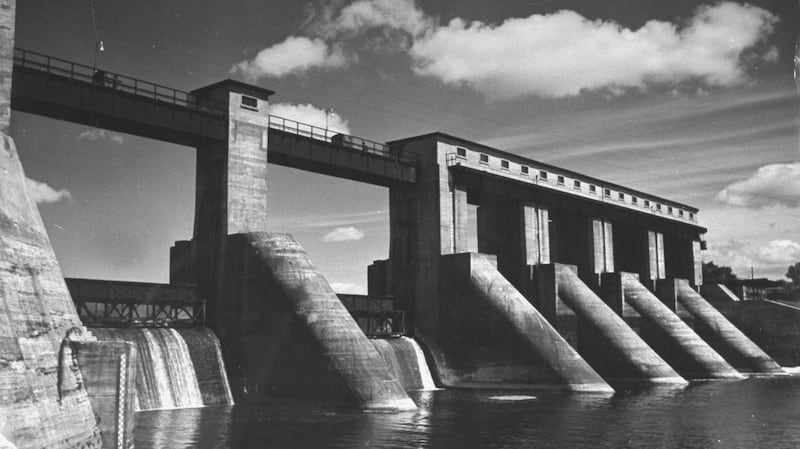
5. Public investment
On a more positive note, the government sponsored the large Ardnacrusha hydroelectric scheme. It was widely criticised by opponents as a white elephant that would bankrupt the State, but the enormous gamble paid off and set Ireland on the path to industrial development in the long term. The dynamic minister for agriculture Patrick Hogan took a range of measures to improve the quality of farming and develop exports. “Keep one more cow, one more sow and one more acre under the plough,” he exhorted farmers. The sugar beet industry was another of his initiatives. The establishment of the independent Local Appointments Commission was an important step, ensuring that patronage and nepotism were kept to a minimum in local government, while appointments to the national Civil Service were made through competitive public examination.
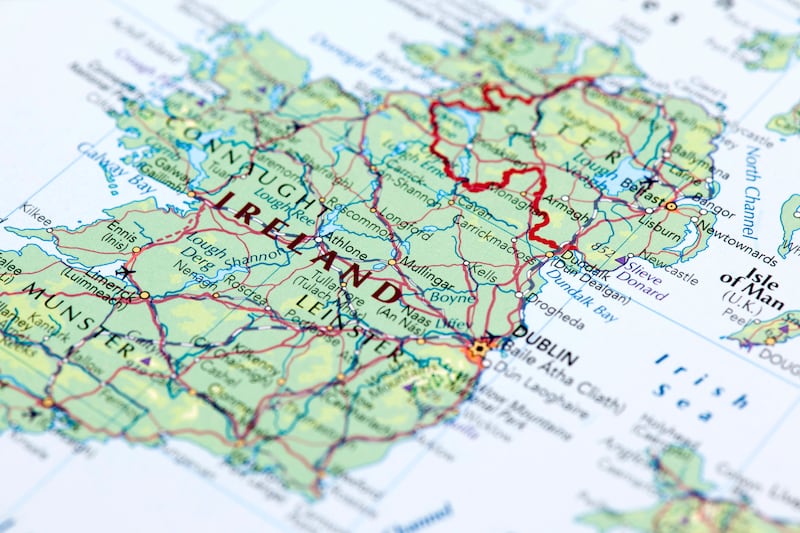
6. The Boundary Commission
The government suffered a severe setback in 1925 when the Boundary Commission which the supporters of the Treaty had expected to transfer at least two of the six counties to the Free State in a radical redrawing of the Border, did nothing of the kind. A leak of the draft report indicated that only small changes were proposed, including the transfer of east Donegal to Northern Ireland and south Armagh to the Free State. A hastily arranged negotiation between the Irish and British governments agreed to suppress the report and leave the Border as it was. The silver lining for Dublin was that the Treaty commitment to pay a share of the British national debt was dropped but that did not compensate for the political embarrassment and a number of government TDs resigned in protest.
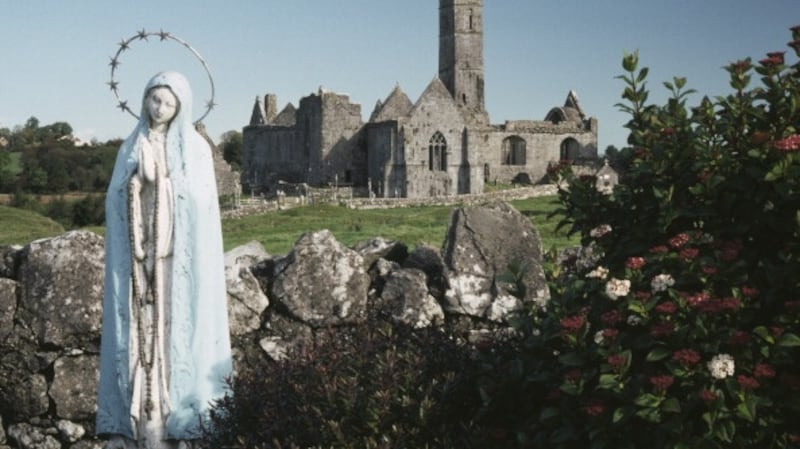
7. Social policy
A notable feature of the new State was the emergence of a Catholic ethos as a guiding principle in social and public life. Divorce and contraception were banned and church institutions ran most of the health and education systems. This was partly because the new State did not have the resources to run these social services but an important factor was that the long-term drive for Irish independence largely arose from the fact that Catholics had been discriminated against for so long under British rule. Some rebalancing was inevitable but too much power was ceded to the church and that gave credence to the unionist claim that “Home Rule was Rome Rule”.
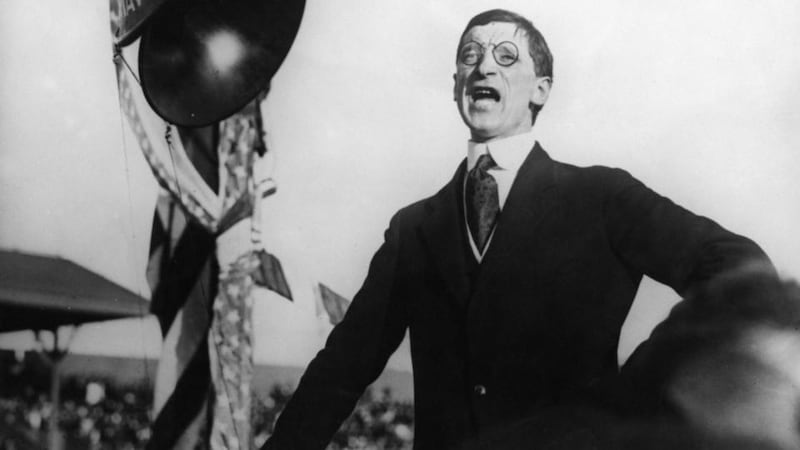
8. The end of abstentionism
Throughout the 1920s, intermittent violence continued to be a serious problem. In the summer of 1927, the minister for justice Kevin O’Higgins was murdered on his way to mass in Booterstown in South Dublin. In response, Cosgrave called a snap general election after passing legislation that required all candidates to sign an undertaking to take their seats in the Dáil. This forced Fianna Fáil, established a year earlier by Éamon de Valera, to abandon its abstentionist policy. De Valera and his TDs signed the oath of allegiance to the Irish people and fidelity to the British monarch as specified in the Treaty and took their seats in the Dáil. It was an important step towards normal democratic politics. Five years later, after a decade in office, Cosgrave and Cumman na nGeadheal were defeated in the general election of 1932. They endured the galling experience of seeing the forces they had defeated in the Civil War take over the reins of power but the peaceful handover was the ultimate proof that Irish democracy had put down firm roots.
1923: in numbers
€20 billion: The estimated cost of the Civil War in today’s money due to the destruction of infrastructure such as roads, railways, public buildings and bridges.
13,000: The estimated number of republicans interned without trial during the Civil War.
57,000: The size of the National Army under the Free State government.
10%: The size of an infamous cut to the salaries of public servants and teachers in the budget of 1924.
£5.2 million: Estimated cost of the Ardnacrusha hydroelectric scheme, or one-fifth of the new State’s entire annual budget in 1925.






















